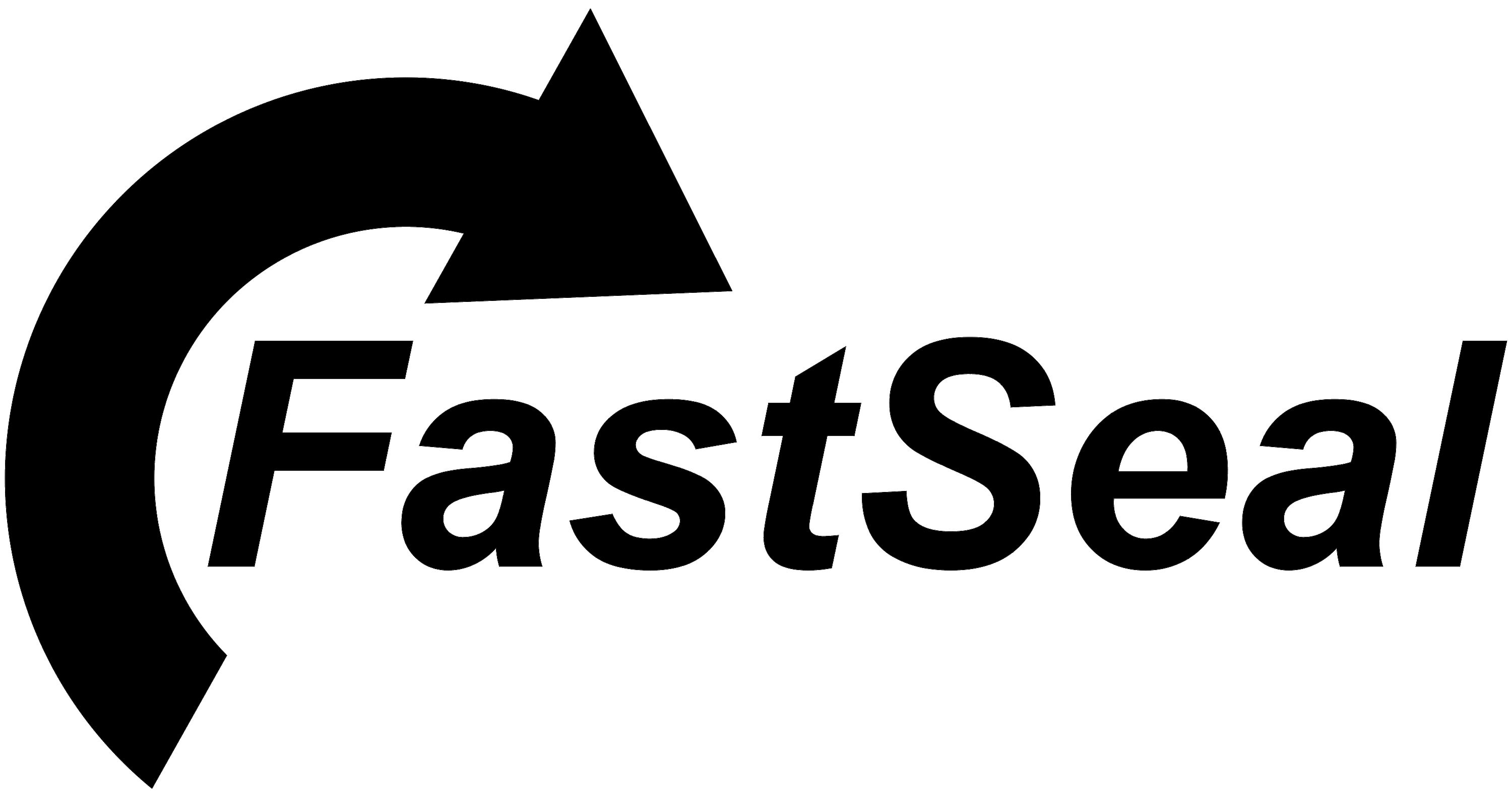When a problem is found, it can be reported. Creating a report will ensure our development team receives all the needed information to replicate a issue and to correct it if needed. The report issue button is located on the lower right side of all profiles: After pressing the report issue button, the following window …
Category archives: Features
Multiple parts with chamfers (BUS07)
Version 5.4.2.1 introduces the possibility of machining several parts after a single outside and inside machining. This feature was available in BUS03 profile, but now BUS07 introduces the same concept with the ability of machining also chamfers. Chamfers can be defined in size and length. As example of the part on the image on the …
Kits – Add and edit kit items
To add or edit a kit, the following window was created: On the top section the kit definition settings are present. The only needed information is the kit reference that should be the kit identification. The description is recommended to be filled because it can help other users to identify the kit. The machine brand …
Kits – Add and edit a kit
To add or edit a kit, the following window was created: On the top section the kit definition settings are present. The only needed information is the kit reference that should be the kit identification. The description is recommended to be filled because it can help other users to identify the kit. The machine brand …
Reports – Compounds use quantity
This type of report is intended to list the use of compounds The implemented filters are: The last two columns of the result (use mm) and use (tubes) provides the information of the total length of material used both in mm and in the number of tubes that match the query made with the selected …
Reports – Compounds stock level
This type of report is intended to list the stock level of compounds The implemented filters are:
Reports – Profiles user
This type of report is intended to list profiles based on the user selected filters. The implemented filters are:
Ignore facing roughing
Most profiles have built in, by default a facing finish, that forces the facing tool to always make two facing passes, similar to the below patern: This repeated movement is often not needed for straight tool paths or with a low depth. For this reason the option, located on the machining tab, under the path …
Lower limit of front groove
Several profiles, especially on small cross sections, have by default a radius between 0.2 and 0.5mm on the front groove. Those grooves require then a tool with R0.2mm. If you do not have such a tool, you can force the software to generate the profile with a larger radius (0.4mm). This option should be used …
Edit work item
Work items, after created can be edited. This is done though the following window: Each option is explained in detail below: Profile details Information about the profile used are shown. The options that can be changed are: Quantity: When the window is present to the user, the original quantity produced is present on the dialog. …
